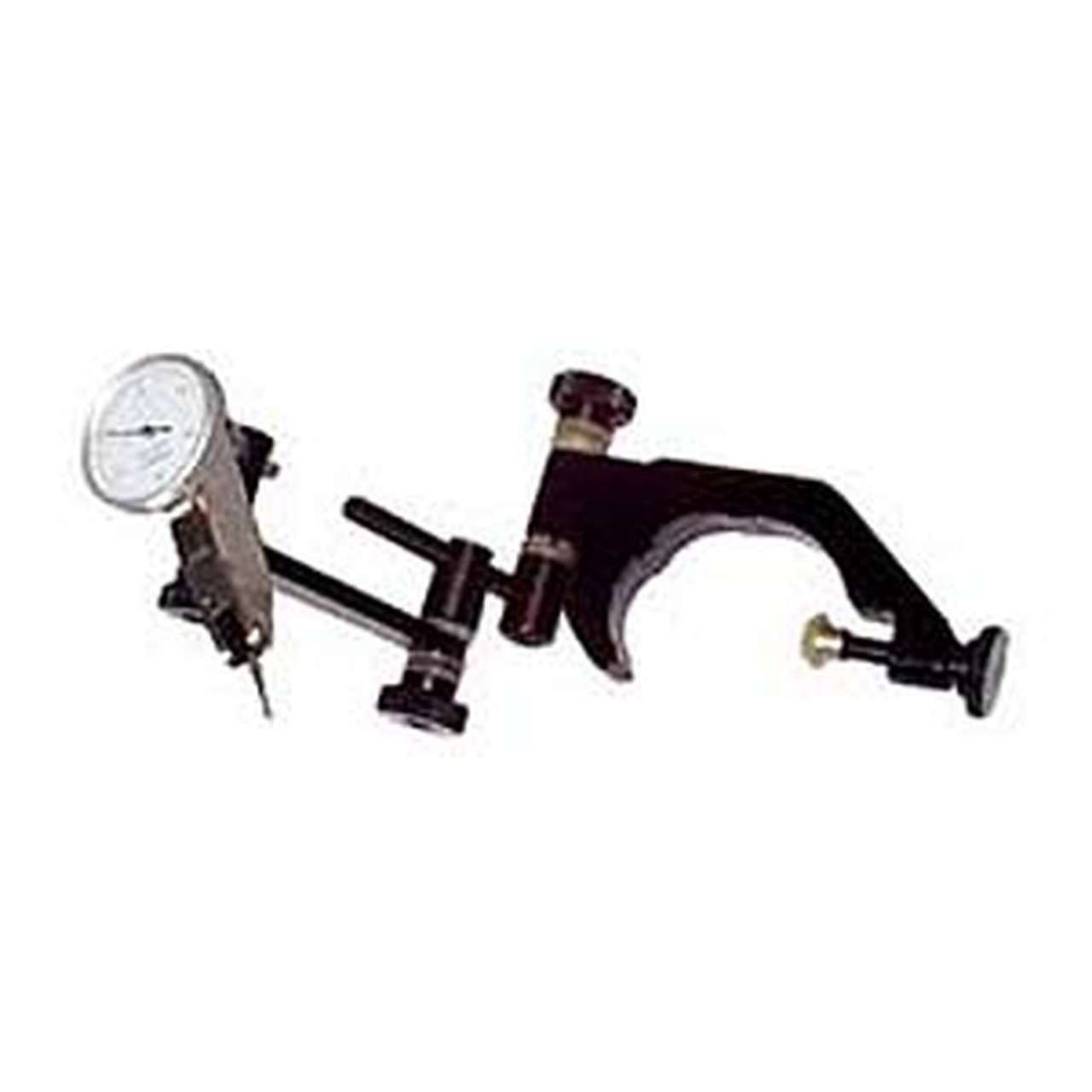Sing it brother, sing it with me!
Hallelujah, hallelujah.... Hallelujah!
We just have to get Craig to try it and he will be a helicoilism convert too.
@trlvn - think about this for a moment.
@John Conroy recommended helicoils to repair the spider on my full size Bridgeport. Those four 1/2" Bolts hold the top and bottom half of the BP together. Yet you lift the whole machine by the top half. That's thousands of pounds hanging on a helicoil.
It turned out that my spider was broken so I just replaced it, but I had the helicoil kit to repair it sitting on my bench cuz the minute I read his note, I knew he was right. It's too late for the big hole, but you might still consider it for the others.
But as I said before, even if you can't use them on this job, you should try them. They absolutely belong in your repair arsenal.



